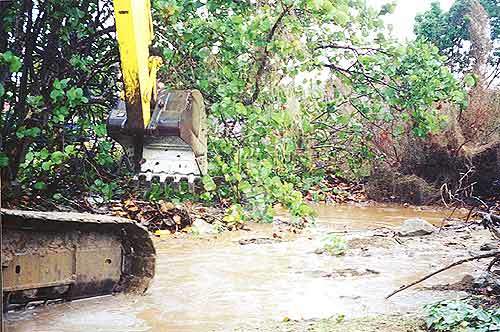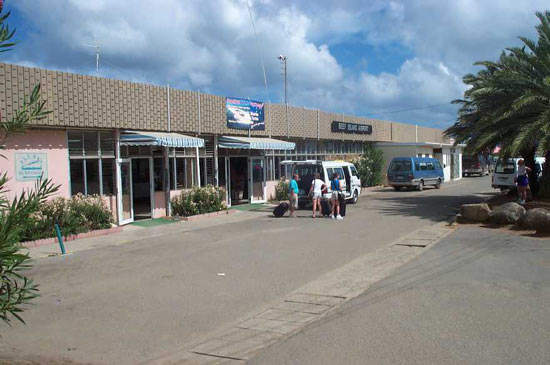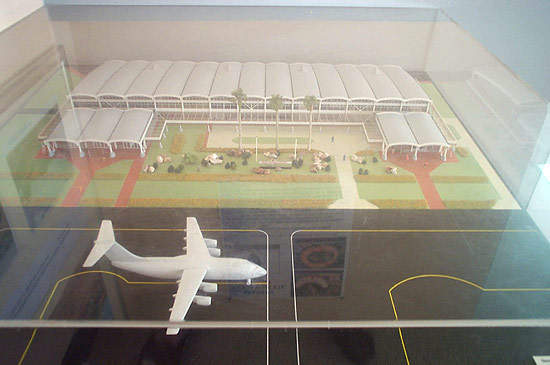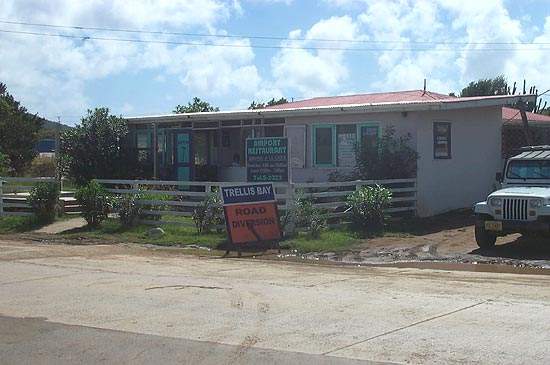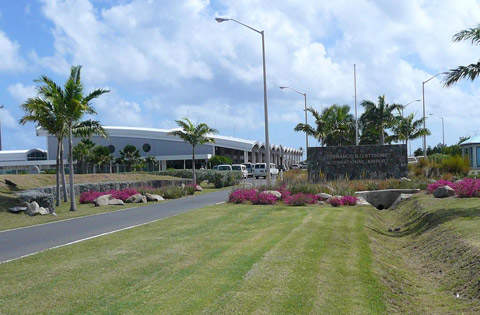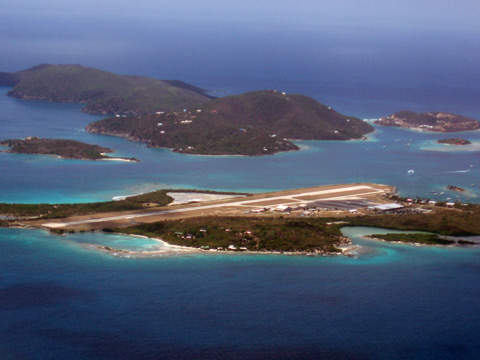The British Virgin Islands (BVI) had conducted an extensive project at Beef Island Airport on the island of Tortola. The project consisted of four phases of expansion and construction and cost $70.5m. The final contract was awarded in May 2001 and the project was completed in 2004.
The airport was renamed Terrance B Lettsome International Airport in February 2001. It provides a landing area for smaller jet planes such as turboprops, which accommodate 70 to 80 people, but not larger planes.
Airport development
The Beef Island Airport development project had officially been underway since February 2000. The project was the largest such capital project ever to be undertaken by the government of the BVI. Local participation had guaranteed up to 80% of the total contract sum.
The airport is a key factor in the future of the BVI. It supports the business community, underpins the community’s efforts to attract inward investment to the community and assists with projecting the British Virgin Islands as an up-market tourist destination. The airport on all of these small islands is the hub of the community and brings finance, commerce and tourism.
The project had been discussed since 1986 and had been in the planning cycle since 1988. Construction work involved the services of over 200 workers. Local subcontractors were also employed.
Background
Feasibility studies and consultancies cost more than $5.31m and took more than eight years. The Organization of Eastern Caribbean States (OECS) Economic Affairs Secretariat conducted the initial study. This was followed by the Netherlands Airports Consultants executing a master plan for the development of the airport, followed by the architectural engineering designs. An environmental impact assessment and a management study have also been conducted.
The implementation strategy of the project was designed to accommodate uninterrupted operation of the airport, fast and efficient construction, the involvement of local contractors and the satisfaction of the procurement rules of overseas financing agencies. The implementation strategy also took into consideration the requirements and recommendations of the environmental impact assessment.
The management structure of the development and implementation team and the requirements of the financing agencies necessitated a comprehensive reporting regime. Monthly reports were prepared in various formats for the financing agencies covering physical and financial progress. The project was co-funded by the European Development Fund (EDF), the European Investment Bank (EIB), the Caribbean Development Bank (CDB) and the government of the Virgin Islands.
Development project
The Beef Island Airport development project incorporates the construction of a 46,000ft² passenger terminal building, approximately four times the size of the present building, a cargo facility terminal and landslide and airside infrastructure including a car park, access roads, drainage works, security fencing and enlargement of the airport aircraft parking. Construction of an auxiliary support service for the terminal building, a new approach access road and landside car park providing 150 spaces were also part of the project.
Other elements included the extension of the runway to approximately 4,700ft, a fire station and an air control tower. These improvements increased the capacity of the runway by 1,000ft and permitted airlines to operate slightly larger aircraft into the territory, with provisions for refuelling and increased services. The resulting modern facility significantly improved air access to and from the BVI.
The last contract for the airport expansion was signed in May 2001 with Trinidad Contractors Ltd for the airside phase of the project. The five-stage $4.5m project covered the demolition of the old terminal, floodlights, excavation works and the preparation of the subgrade for the site, as well as the final sealing of the surface.
Landside infrastructure
Contracts were awarded to Norde France Enterprises Internationales, Phillip Holzmann and J McArdle Contracts Limited for the landside infrastructure.

